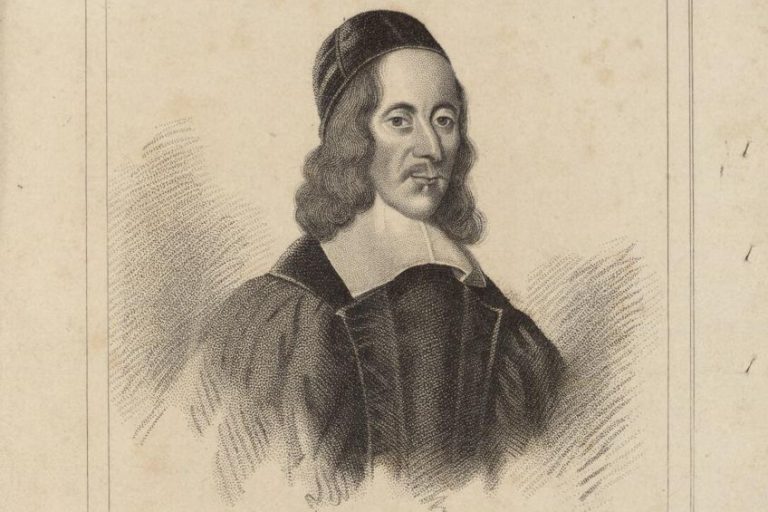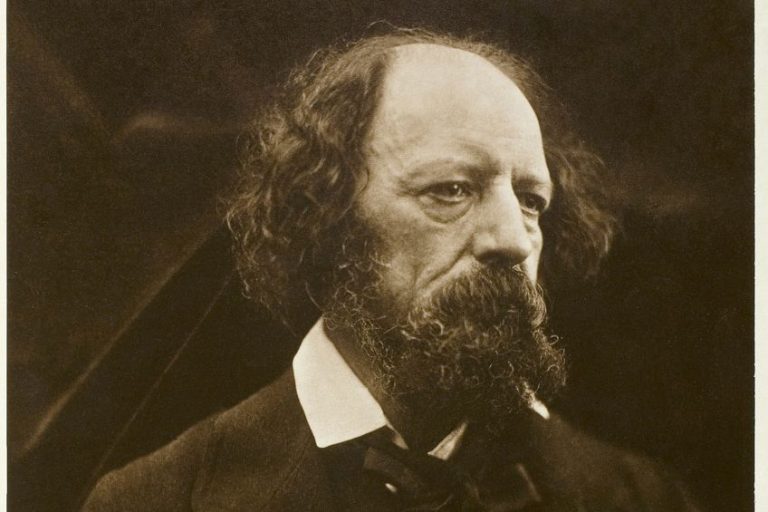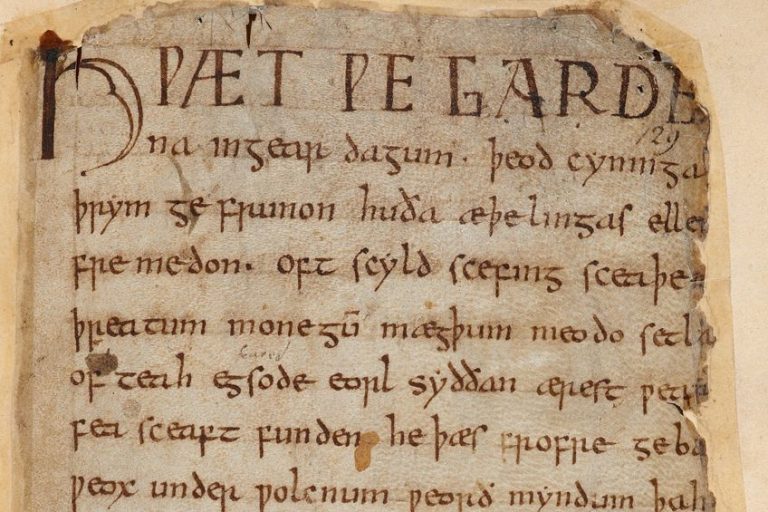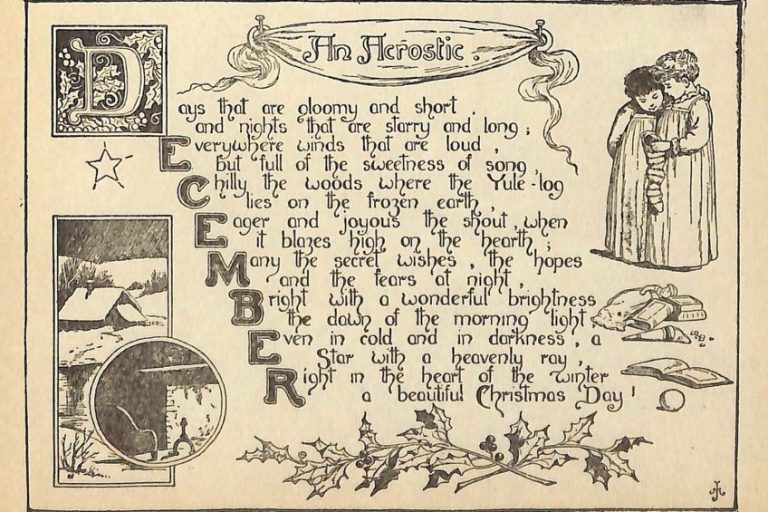Apostrophe Poetry – The Art of Referencing an Absent Person
The apostrophe in poetry is a rather fascinating figure of speech that is used somewhat consistently in many poems and other literary artforms. This article will examine and explore apostrophe poems, the use of the apostrophe in the poem format, and how it differs from the apostrophe in grammar. If you want to find out about this irritatingly named figure of speech that is liable to cause confusion, keep reading to see what you can learn!
Table of Contents
A Look at Apostrophe Poetry
It can often be an immensely irritating thing when a word, without changing its spelling or pronunciation, has two entirely separate meanings in two entirely separate fields. When we approach a question such as, “What is an apostrophe in poetry?”, the answer is not a grammatical symbol used for possessives and contractions. It is not the symbol that joins cannot into can’t or implies ownership in John’s house. Instead, it is a term that changes meaning when applied to poetry.

The apostrophe in poetry is a term used to describe a figure of speech that specifically relates to the way in which a speaker in a poem can address someone or something that is not there. This means that they could be speaking to a dead loved one, an idea, or a thing. The general concept refers to the idea that it is something or someone that the speaker in a poem cannot see or interact with in an ordinary way. This technique is used in other literary forms too, such as in plays when a character philosophizes about something that is absent.
The use of the apostrophe in a poem or other literary forms will be explored in more detail below, but just ensure that you do not get confused between the apostrophe in grammar and the apostrophe in poetry.
The Use of Apostrophe in the Poem
The purpose of the apostrophe in poetry is to serve as a means of creating something that the poetic speaker can address. We have already mentioned that this concept refers to the way in which a speaker can address a dead person, an absent person, an abstract concept, a thing, a non-human animal, and so on, but why is the apostrophe used in poetry?
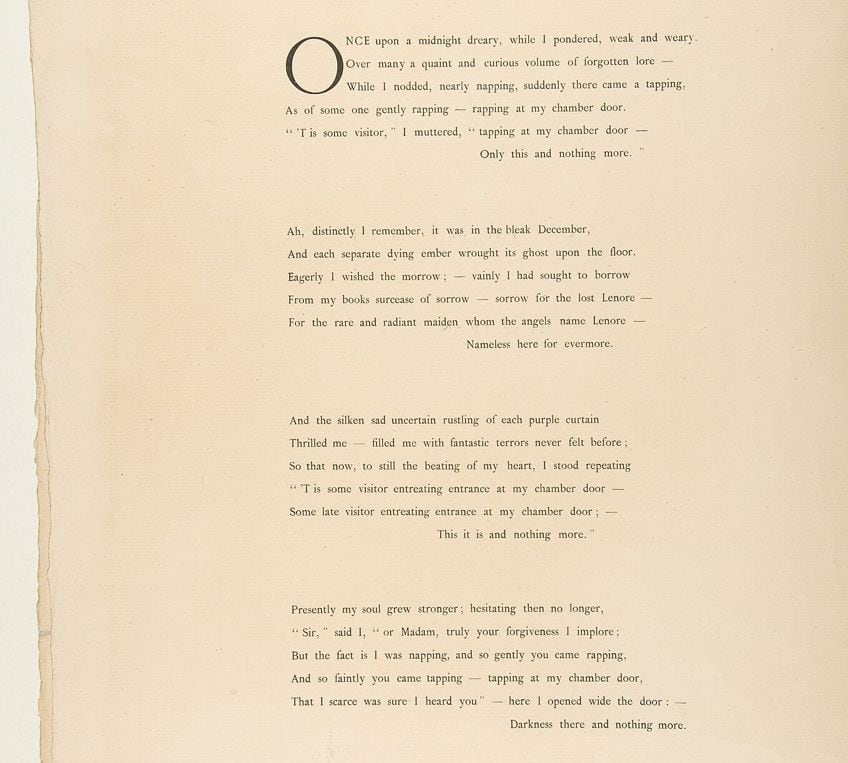
There are many possible purposes for it. Firstly, it offers a means of personifying something that is absent. So, when we address something like a season as if it were a person, we are both engaging in apostrophe and personification in poetry. This can allow for increased emotional intensity as we speak to something that is not a person as if it were a person. This adds dramatic effect to a poem while also allowing for the poem to explore philosophical ideas by addressing a concept rather than a person.
These are some of the uses of the apostrophe in poetry, but there are many other possible reasons that this poetic device could be used.
The Apostrophe in Grammar Versus the Apostrophe in Poetry
The use of the apostrophe in grammar is significantly different than it is when it comes to the use of the apostrophe in the poem medium. We have already discussed how this device is used in poetry as a means of addressing what is absent, and so we will not discuss apostrophe poetry much in this section. Instead, what is the apostrophe in grammar?

The apostrophe, as we generally understand it, is the grammatical use of the term. This term refers to this grammatical symbol: ‘. It is used throughout English writing for two main purposes. It serves as a means of establishing possession, So, a house that belongs to someone may be called “Susan’s house”. The apostrophe is used to indicate that possession and is placed in front of the “s”. Secondly, the apostrophe in grammar is used for contraction. This refers to the act of conjoining two separate words so that they produce a more concise word. So, you can combine would with have to create would’ve.
These two different purposes of the apostrophe in grammar are clearly immensely different from the apostrophe in poetry.
Examples of Apostrophe Poems
While there are many different examples of apostrophe poetry, we are only going to have a look at two examples today. So, if you wanted an answer to the question, “What is an apostrophe in poetry?”, these examples of apostrophe poems may hold some of the answers that you wish to know.

Death, be not proud (1633) by John Donne
| Date Published | 1633 |
| Type of Poem | Sonnet |
| Rhyme Scheme | ABBAABBACDDCEE |
| Meter | Iambic pentameter |
| Topic | Death |
Death, be not proud is a great example of an apostrophe poem because it involves a character who addresses death as a concept. The poem also serves to personify Death as a figure, but that figure is not one that can be truly interacted with by the poetic subject. The poem also features a speaker who argues against Death and the supposed power that death possesses.
This is a great example of the use of apostrophe in the poem medium as it shows the way that an abstract concept like death itself can be addressed as if it were someone who could be addressed at all.

O Captain! My Captain! (1865) by Walt Whitman
| Date Published | 1865 |
| Type of Poem | Elegy |
| Rhyme Scheme | Variable |
| Meter | Iambic pentameter |
| Topic | Tribute to Abraham Lincoln |
O Captain! My Captain! is another great example of an apostrophe poem as it features a continuous addressing of the figure of the captain. This captain is no longer present and is later revealed to have died, but regardless of that death, the speaker continues to address them as someone worthy of respect and adoration. The use of the apostrophe in poetry is multifaceted, and this poem shows that it can be used as a means of reverence towards a certain absent figure that still deserves respect.

The apostrophe in poetry is an interesting concept. This reference to someone or something that is no longer present allows a poet to allow their poetic speakers to address that which does not exist. This can mean that they either address that which never existed or what once existed but no longer exists in the present. In this examination of apostrophe poetry, we have had a look at the concept in general, alongside a look at the other meaning of this term and a few apostrophe poem examples. Hopefully, this has helped you to understand this concept going forward because there are many fantastic poems that make use of the apostrophe in poetry.
Frequently Asked Questions
What Is an Apostrophe in Poetry?
This confusingly used term, when applied to poetry, refers to a figure of speech. This particular technique entails the speaker in a poem addressing someone or something that is absent. This thing that is addressed could be an absent or dead person, an abstract concept, a non-human animal, a thing, or anything else. The idea of apostrophe poetry simply refers to poetry that makes use of this technique, and it is not a formalized type of poetry.
What Is the Use of Apostrophe in the Poem?
The basic idea of the apostrophe is to allow the speaker in a poem to address an absent figure, and this can be done for the purpose of some kind of emotional intensity, philosophical questioning, or plain old dramatic effect. Someone shouting to the heavens because of the heat while addressing the concept of summertime would be an example of apostrophe poetry if it took place in a poem, and we can typically understand why this would work. Who doesn’t want to shout at summer when it’s too hot?
What Is the Difference Between the Apostrophe in Poetry and Grammar?
The difference between these two concepts is very simple because despite using the same name, they are not related at all. In poetry, this concept refers to the addressing of someone or something that isn’t present. In grammar, the apostrophe is either used for possessive or contractive purposes. So, it is either used to indicate possession, such as Sarah’s phone, or it is used to contract words, such as transforming would and not into wouldn’t. As is quite evident, these two concepts are unrelated.
What Are Some of the Most Famous Poems That Have Used the Apostrophe?
There are many famous poems that have made use of the apostrophe in poetry, such as Ode to a Nightingale (1819) by John Keats, O Captain! My Captain! (1865) by Walt Whitman, and Cherry Blossoms (2011) by Toi Derricotte. However, this is an absolutely tiny subset of the total number of poems that have made use of this technique.
Who Are Some of the Most Famous Poets Who Have Used the Apostrophe?
Some of the most famous poets to have written apostrophe poetry include figures like John Donne, John Keats, Walt Whitman, F.S. Flint, and Toi Derricotte. However, there have been a great many more who have also made use of the apostrophe in poetry, as it is a fairly common poetic device.
Justin van Huyssteen is a freelance writer, novelist, and academic originally from Cape Town, South Africa. At present, he has a bachelor’s degree in English and literary theory and an honor’s degree in literary theory. He is currently working towards his master’s degree in literary theory with a focus on animal studies, critical theory, and semiotics within literature. As a novelist and freelancer, he often writes under the pen name L.C. Lupus.
Justin’s preferred literary movements include modern and postmodern literature with literary fiction and genre fiction like sci-fi, post-apocalyptic, and horror being of particular interest. His academia extends to his interest in prose and narratology. He enjoys analyzing a variety of mediums through a literary lens, such as graphic novels, film, and video games.
Justin is working for artincontext.org as an author and content writer since 2022. He is responsible for all blog posts about architecture, literature and poetry.
Learn more about Justin van Huyssteen and the Art in Context Team.
Cite this Article
Justin, van Huyssteen, “Apostrophe Poetry – The Art of Referencing an Absent Person.” Art in Context. November 27, 2023. URL: https://artincontext.org/apostrophe-poetry/
van Huyssteen, J. (2023, 27 November). Apostrophe Poetry – The Art of Referencing an Absent Person. Art in Context. https://artincontext.org/apostrophe-poetry/
van Huyssteen, Justin. “Apostrophe Poetry – The Art of Referencing an Absent Person.” Art in Context, November 27, 2023. https://artincontext.org/apostrophe-poetry/.




